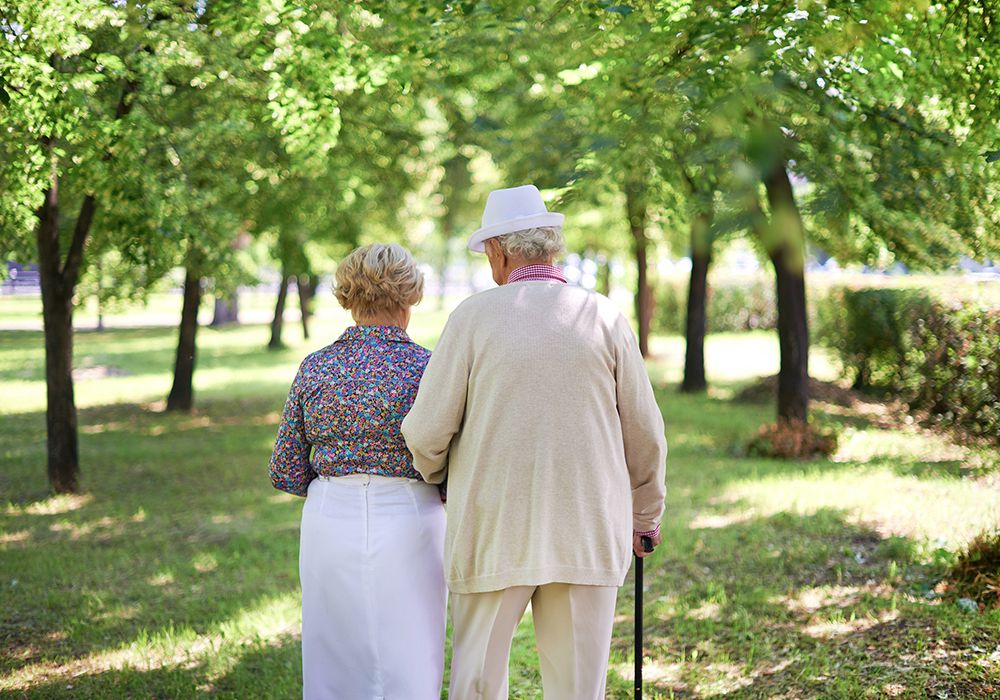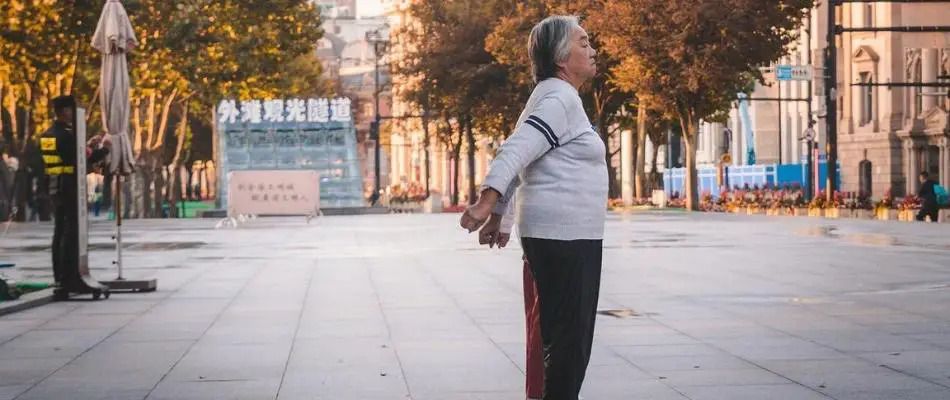Senior-Friendly Exercise Guide: Strength, Cardio, and Stretching

Staying active is key as we get older, but it's just as important to stay safe. Before you dive into any new exercise routines, it’s a smart move to have a chat with your doctor or healthcare provider, especially if you're dealing with health concerns or haven't been active for a while. This guide is packed with strength training, cardio, and stretching exercises that are great for seniors. We've made sure everything is safe and adaptable, so whether you're a fitness newbie or getting back into it, you'll find something that works for you.
Strength Training for Seniors
- Strength training plays a crucial role in preserving muscle mass and bone density, which are vital for everyday activities. It reduces the risk of falls and improves balance. Here are some simple, senior-friendly strength exercises:
- Chair Squats: Stand in front of a sturdy chair, feet shoulder-width apart. Gently lower yourself as if to sit, then stand back up. This exercise strengthens your thighs and glutes. Remember, slow and steady wins the race.
- Wall Push-ups: Stand an arm's length from a wall. Place your palms on it and slowly lower your body towards it, then push back. It’s an excellent way to build arm and chest strength without the strain of traditional floor push-ups.
- Light Dumbbell Exercises: Using light weights, perform arm curls or overhead presses. This helps in maintaining upper body strength, crucial for lifting groceries and other day-to-day activities.
Safety Tip: Begin with lighter weights and fewer repetitions, gradually increasing as you become more comfortable.
Cardiovascular Exercises for a Healthy Heart
Keeping the heart healthy is key at any age, but especially for seniors. Cardio exercises enhance heart health, boost energy, and improve mood. Here are some gentle, yet effective, options:
- Brisk Walking: A simple, accessible way to elevate your heart rate. Whether it’s a walk in the park or around the block, the key is to maintain a pace that’s brisk but comfortable.
- Swimming: It offers a full-body workout with minimal stress on the joints. The buoyancy of water supports your weight, making movements smoother and less painful.
- Cycling/Stationary Cycling: Ideal for indoor exercise, it's gentle on the knees and hips and can be easily adjusted for different fitness levels. If you are capable and comfortable, cycling can also be a great way to get around.
Adaptation: For those with limited mobility, seated aerobic exercises or gentle water aerobics can be excellent alternatives.

Stretching: Essential for Flexibility and Balance
Flexibility tends to decrease with age, but regular stretching can counteract this. It helps maintain range of motion, reducing the risk of injuries. Here are some easy stretches:
- Seated Toe Touches: Sit on the edge of a chair and gently reach towards your toes. This stretch is great for your hamstrings and lower back.
- Overhead Arm Stretches: Extend your arms above your head and gently stretch side to side. It’s a wonderful way to loosen up the shoulders and improve upper body mobility.
- Neck and Shoulder Rolls: Rotate your neck and shoulders gently to relieve tension. This is particularly beneficial for those who spend a lot of time sitting.
Guidance: Hold each stretch for about 15-30 seconds, repeating 2-3 times. Remember, stretching should feel good, not painful.
Making Exercise a Fun and Social Activity
Exercise is more than just a physical activity; it's a chance to socialize and enjoy ourselves. Many community centers and gyms offer group classes tailored to seniors, providing a great opportunity to meet people and stay motivated. Alternatively, scheduling regular walks or exercise sessions with friends or family can turn a workout into a pleasant social event.
Many community centers, local gyms, and senior clubs offer group classes designed with older adults in mind. These classes are more than just a way to stay fit—they're a hub for forming new friendships and strengthening community ties. Whether it's a yoga class, water aerobics, or a dance-based workout, these group settings provide a supportive and motivational environment. You'll find people who share similar goals and challenges, making it easier to stay committed and enjoy every step of the journey.
Moreover, these group activities often go beyond exercise. They can include social events, group outings, or coffee after a workout session, offering a sense of belonging and camaraderie that is invaluable at any age.
In essence, embracing the social aspect of exercise opens up a world where keeping fit is intertwined with making memories, sharing laughs, and building a support network. It's about enhancing your quality of life in more ways than one, proving that staying active is as much about nurturing the soul as it is about strengthening the body."
Safety First: Precautions and Tips
Before embarking on any new exercise regime, it's wise to consult with a healthcare professional, especially if you have existing health concerns. Important safety tips include staying hydrated, wearing appropriate footwear, and listening to your body. If you experience pain or discomfort, it's crucial to stop and seek medical advice.
Conclusion
Incorporating a mix of strength training, cardiovascular exercises, and stretching into your routine can significantly enhance your quality of life as a senior. It's about finding the right balance and enjoying the journey. Remember, the best exercise is the one you do consistently and enjoy. So, lace up those sneakers, take that first step, and embrace a healthier, happier you.